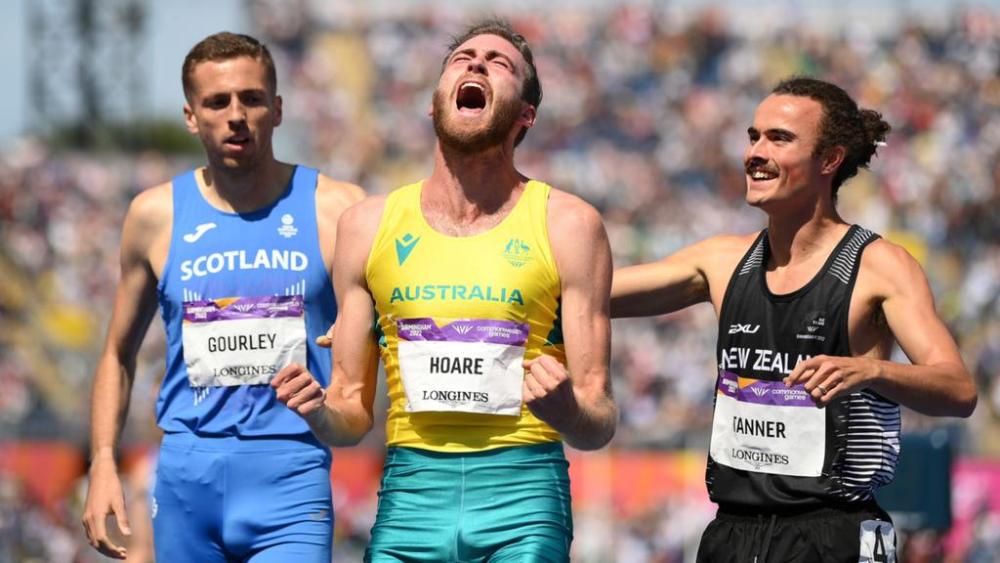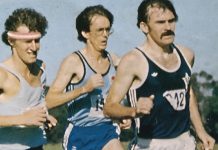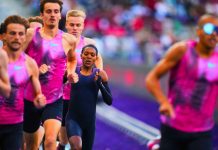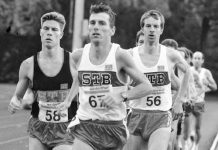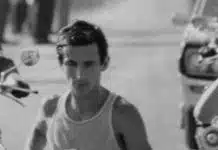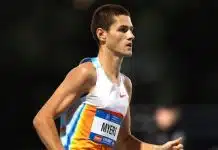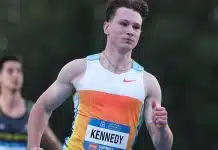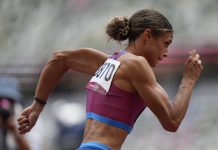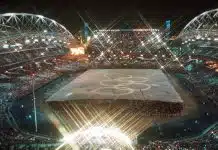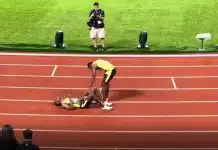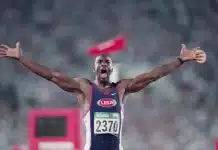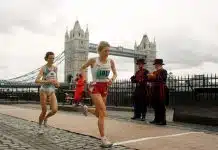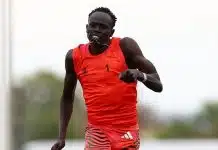“Take me back. Take me way, way, way back,” Van Morrison intones in the opening lines of On Hyndford Street, the poem/song reminiscing on his musical influences growing up in Belfast.
Morrison’s timeline goes back to the 1950s, “the days before rock ‘n’ roll.” This happens to coincide almost exactly with a different reference point for Australians of your correspondent’s vintage, the introduction of television. Bill Haley, Rock Around the Clock, and television crashed over Australian shores in pretty much the same wave.
And it’s another catch-phrase from those early days of Australian television which comes to mind as the world championships draw nearer, and we contemplate which runners might represent us in the middle-distance events. That’s the one that was screened on our TV sets whenever – too frequently – the delivery broke down.
“Do not adjust your set,” the message ran, “the problem is in the transmission”, or the more blindingly obvious, “we are experiencing technical difficulties.” Minutes later – though it always seemed like hours – the picture would become clearer.
In the past couple of years, that’s how selection of our major championships teams has gone. On the plus side, we have always arrived at the welcome destination of naming as many athletes as the qualifying conditions allow. But, like making sausages, it’s the production process that is not necessarily a joy to observe.
At the conclusion of the 2024 Australian championships, for instance, there were just 14 athletes named of a team which ultimately grew to 75. The number fulfilling the criteria for immediate selection in the world championships this year was not much higher at 17.
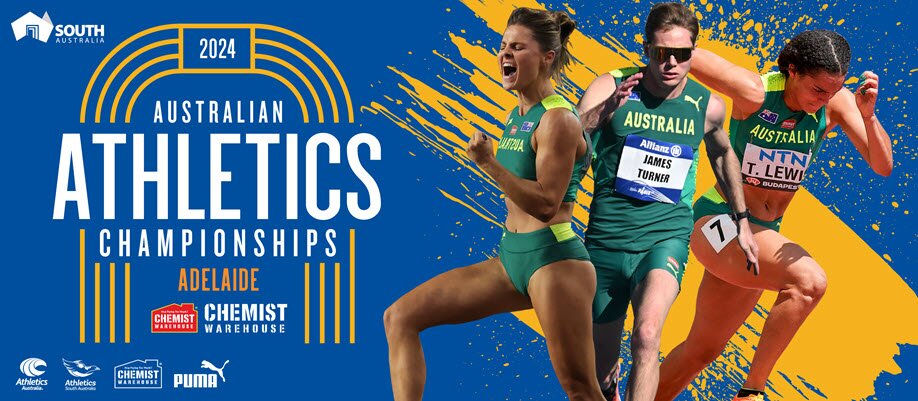
Some, this writer included, question whether this sends a strong-enough positive message at the time when national attention is focused on the sport. Still, all’s well that ends well, for the most part. Marathon selections have been announced in the interim and four of a possible five relay teams qualified for Tokyo through the world relay championships with the fifth – the women’s 4×100, well-placed to go through on times.
But it’s the events in which there are more than three qualified contenders – plus others who might qualify through the world rankings – that the picture gets murkier. Nationals winner and second – Abbey Caldwell and Claudia Hollingsworth – have already been named but there are six more who currently can be selected by ranking, and national record-holder Catriona Bisset will surely come back into the picture.
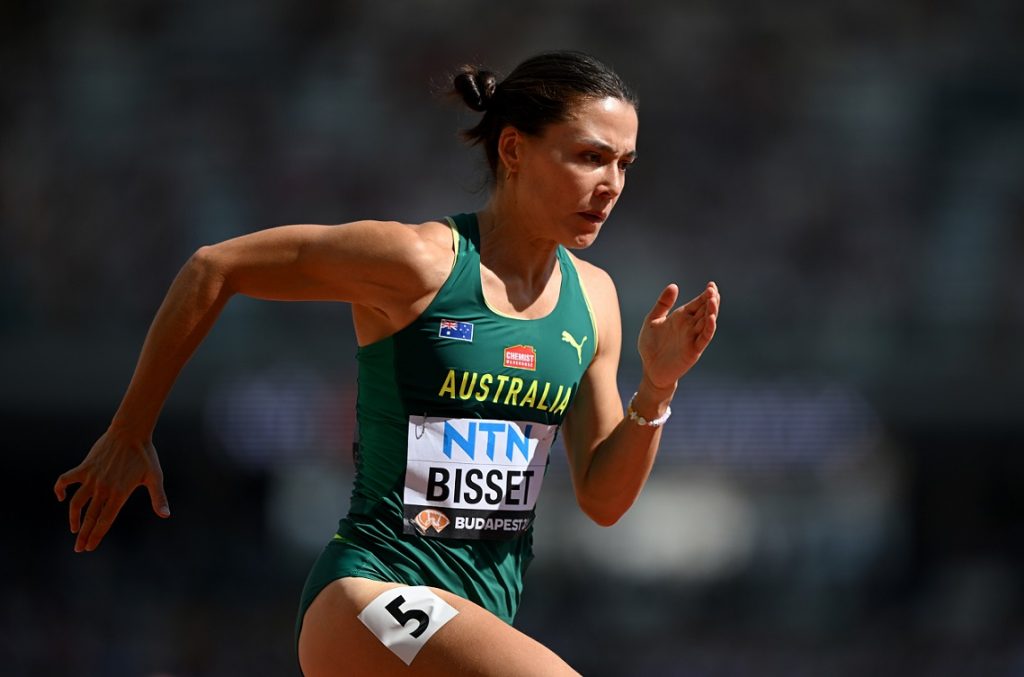
Rose Davies and Linden Hall both have the automatic qualifying standard in the women’s 5000 metres but neither earned automatic selection through the nationals were Jess Hull won from Georgia Griffith, with Davies and Hall the next two. On rankings, Griffith and Maudie Skyring are currently safely within the field quota of 42, with Natalie Rule, Holly Campbell, Izzi Batt-Doyle and Jenny Blundell in more tenuous positions.
On the men’s side it is the 1500 which looms as the toughest selection poser. National champion Cameron Myers was an automatic selection, and third place-getter Ollie Hoare has the automatic qualifier. Jude Thomas (fourth in the nationals) threw a cat amongst the pigeons with a big Q in Ostrava recently which notionally leaves nationals second placegetter Adam Spencer with some work to do.
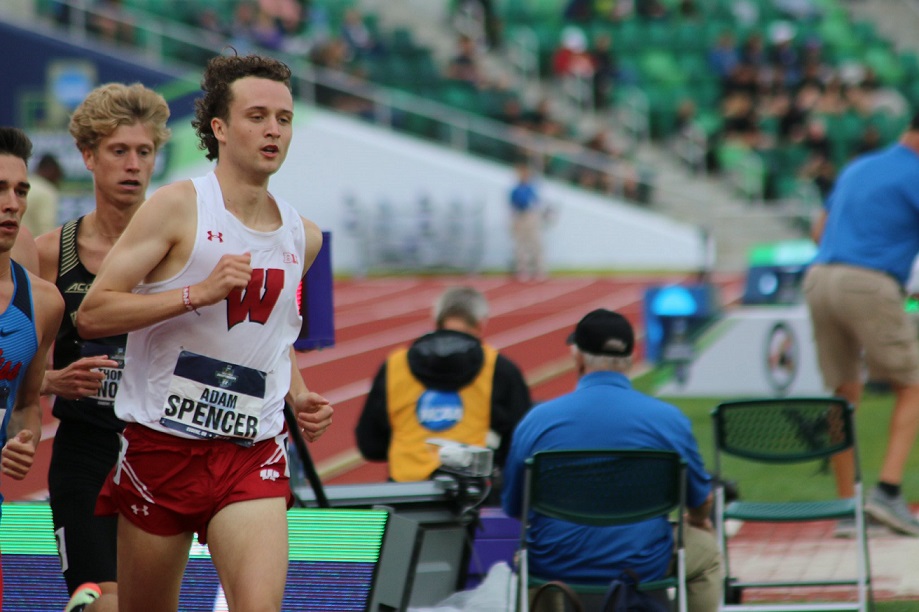
Jack Anstey and Alex Stitt hover just outside the quota cut off, which stands at 56.
And if it’s not going to be hard enough determining the top three Aussies at the close of selection, there is a possibility that there will be more than 56 athletes achieving the 3:33.00 (or 3:50.00 mile) automatic standard. Bolstered by the mass of runners under the standard in Paris and Ostrava, the number now stands at 42 and there are still traditionally fast events in Eugene, Monaco and London – among other competitions – to come.
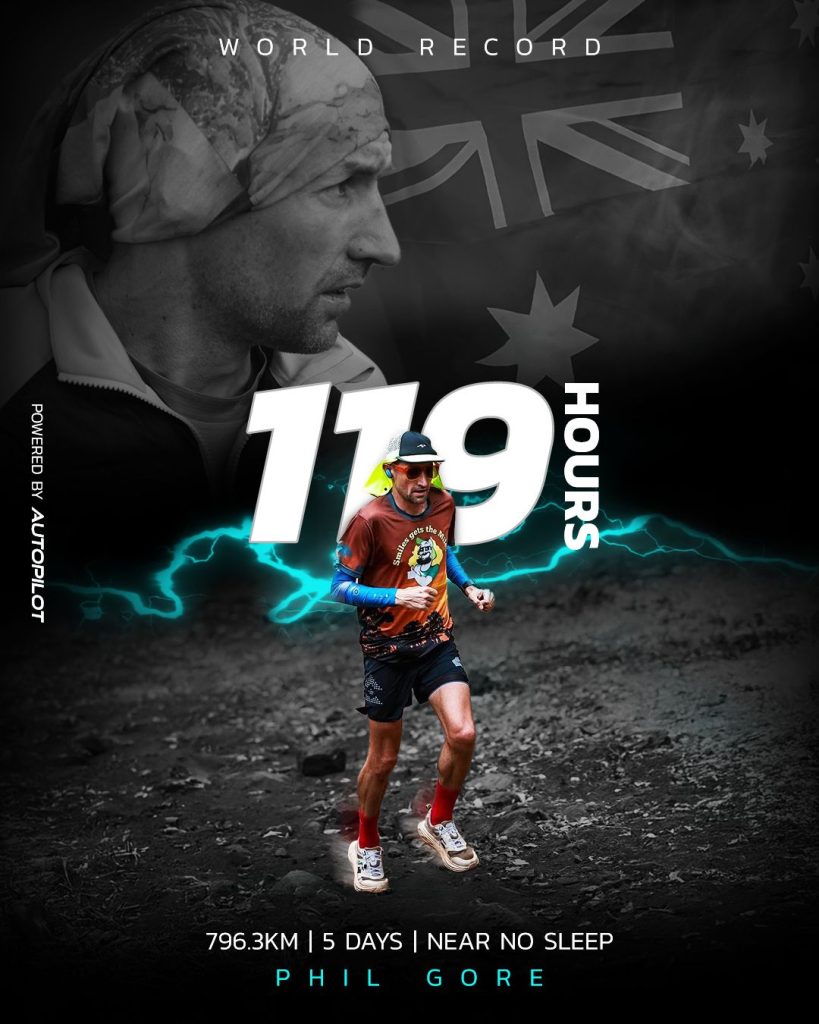
This writer’s personal view is that the nationals should be paramount, so that if Spencer and Hoare maintain good form they should be the pair that join Myers in Tokyo. The way things are going in world 1500, that may yet happen. Relative position at nationals should also be the paramount factor in the other events where more than three athletes are eligible to be selected.
And there is still a significant amount of time in which things can change. The championships are 13-21 September in Tokyo and final date for qualification is 24 August which is just over seven weeks away at the time of writing. And then there is an appeals process, so it’s not over until any appeals have been adjudicated.
Do not adjust your set, indeed. An unclear picture is normal transmission.


